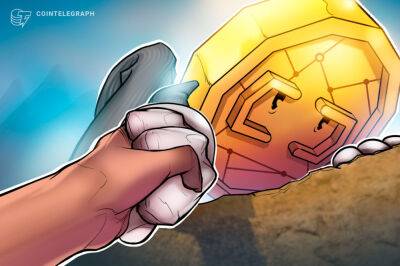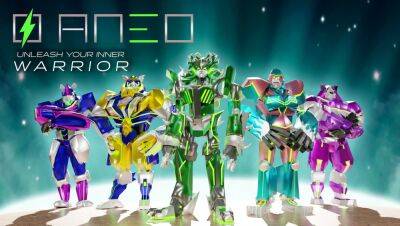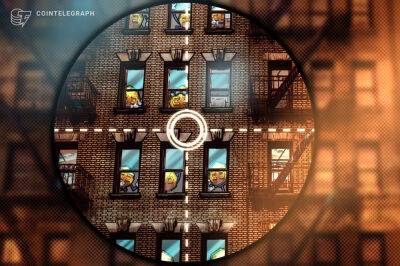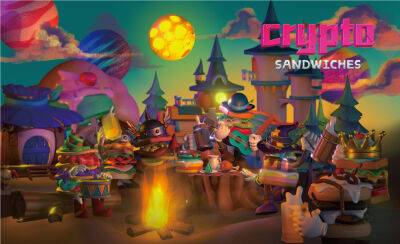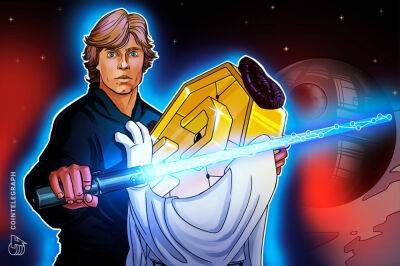Plain talk about NFTs: What they have been and what they are becoming
There’s been a tremendous amount of hype and misinformation about nonfungible tokens (NFTs) since they appeared on the scene in 2014, particularly since the total market for them passed $24 billion. You can’t open a news feed without an article about nonfungible tokens popping up. These inevitably contain the obligatory “An NFT is a” paragraph for newcomers… and for readers who’ve consumed a dozen similar articles but still don’t get it. If you’re among the latter, you’ve come to the right place.
NFTs really can be important and useful, and they’re evolving to become more so. But NFT evangelists and skeptics alike tend to dumb things down, hype things up and sometimes just get things wrong. Here are a few claims you might have read about NFTs — both pro and con:
First, no — NFTs aren’t a scam. Scammers use email, but we don’t say email is a scam. Second, no — NFTs aren’t a fad, though whether any particular line of digital collectibles turns out to be a lasting set of cultural artifacts or a short-lived fever-dream of techno-social groupthink remains to be seen. Third, while some current blockchains have issues with energy consumption — for the moment — anyone caring about this likely doesn’t know what they’re talking about. And finally, beware of anyone that says you can turn your art into an NFT or that NFTs can prevent your art from being copied, or that they prove a work of art is an authentic “one of a kind.” This language was invented by people who know how to manipulate mass perception, and none of it is true.
Related: Entering NFTs: Understanding the environmental impact of digital collectibles
Are NFTs digital assets? Yes. Because the definition of an asset is “something regarded as having value,” an NFT is a
Read more on cointelegraph.com



